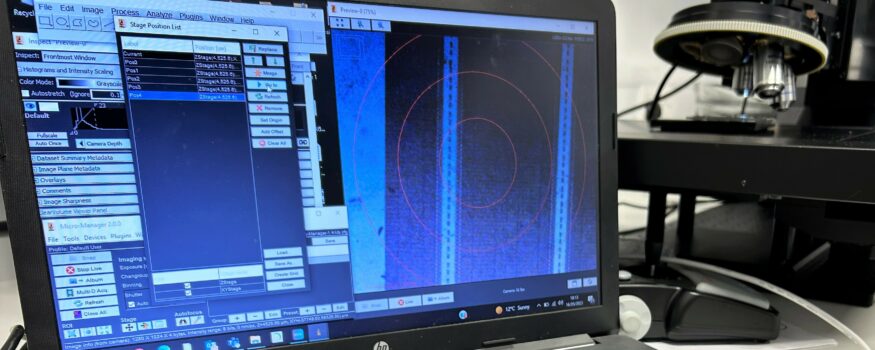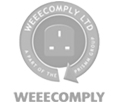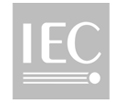Automated microscope image acquisition
Posted in Microscope automationMotorized stages May 15th 2023

Simple, open-source software solution for advanced imaging cells
Not every laboratory or research project is fortunate enough to be gifted large budgets, grants or funding. For many scientists and laboratory technicians this can make it difficult to develop advanced automated microscope and image acquisition systems, which are both cost-effective and capable of delivering the quality of results necessary to meet the demands of each research project.
In practice, what often happens – especially where budgets are tight – is that the various parts required to construct and control an automated microscope system are sourced from different manufacturers or assembled from a combination of newly purchased and existing components. A typical system may, for example, include a microscope from one of the leading manufacturers, around which an image acquisition system is constructed. A system can be constructed from multiple suppliers with equipment such as automated multi-axes (x/y/z) stages, light source, motorized filter wheels, shutters, camera and mirrors.
The challenge can be to develop control software that is capable of seeing the assembly as an integrated and coherent system, so that the potential from each component part can be fully exploited to produce high-quality, repeatable, and accurate images. This is especially true where researchers need to carry out complex imaging procedures, such as capturing images from specimens at multiple wavelengths.
Of course, software is available from the leading microscope manufacturers. These products are, however, proprietary and often lack the necessary drivers or functionality to interface and control dissimilar motion and imaging devices from other suppliers. Even where options are available they can be expensive and require dedicated technical support.
This is where open-source control and image acquisition software, such as Micro-Manager (µManager), and image analysis software, such as ImageJ, come into play.
Open source image acquisition software
µManager and ImageJ were developed specifically to allow research scientists and laboratory technicians to build sophisticated control software for microscope automation and image acquisition and analysis systems. µManager is compatible with Windows, Linux and Mac operating systems, with straightforward scripting and dynamic programming languages that make it quick and simple to create independent hardware interfaces for microscope, camera and automation devices, and then subsequently to modify, update or expand these as components are added or changed.
µManager has in-built functionality for most common laboratory imaging tasks, while novel imaging procedures, extended functionality and specialized imaging applications can easily be developed. These can, for example, include time-lapse, multi-channel, z-stacks, and fast streaming, with ImageJ then providing seamless integration for detailed image analysis. Programmatic interfaces can also be added for third-party products, such as Matlab.
Both µManager and ImageJ are widely supported by the scientific and academic community, and by our dedicated in-house team of specialists.
Driving down the cost of laboratory image acquisition
At Prior Scientific we invest considerable time and resource into product development, with the goal of making our microscope automation and nanopositioning systems as easy to use as possible, while delivering the highest standards of precision, repeatability, and reliability. A key aspect is our focus on the development of controllers and interface devices that ensure straightforward integration with most commonly used imaging software. This includes µManager.
Ultimately, the benefit of µManager and ImageJ is their ability to help you reduce the cost of developing sophisticated microscope automation and image acquisition and analysis systems. Just as importantly, the simplicity, ease of programming, and functionality of these products enable you to minimize costs without sacrificing image resolution, speed and complexity of movement, system reliability, and repeatability, or the quality of your research work.
Discuss your application needs
To learn more contact our technical sales team today.
Find out more about our software partners.












